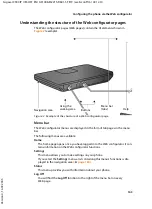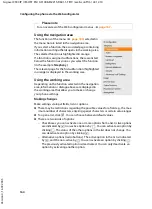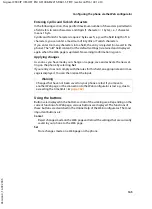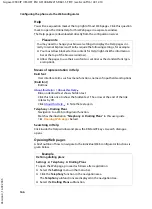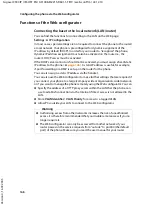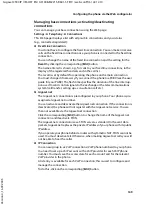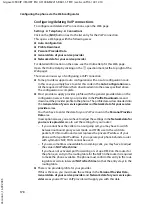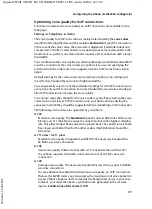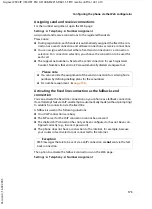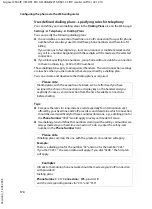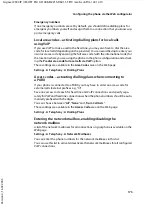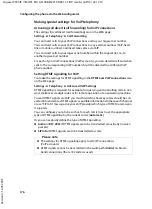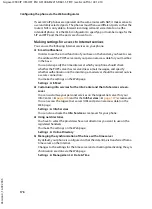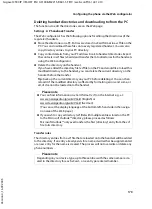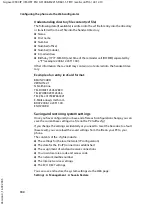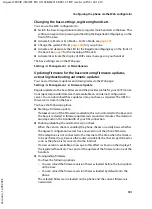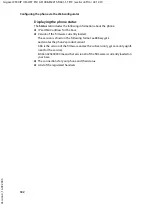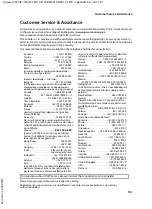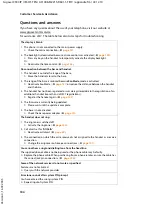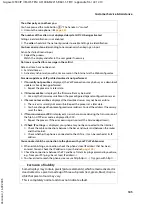
177
Configuring the phone via the Web configurator
Gigaset C590 IP / IM-OST EN / A31008-M2215-R601-1-TE19 / web-conf.fm / 22.12.10
V
e
rsion 4, 16.0
9
.2005
Configuring call transfer via VoIP
You make the settings for call transfer in the
Call Transfer
area on the Web page:
Settings
¢
Telephony
¢
Advanced VoIP Settings
You can connect an external call to one of your VoIP connections with a second
external participant (depending on the provider). You do this by establishing an
external consultation call to the second participant and pressing the recall key on
the handset once you have registered the second participant. The call is forwarded.
You can expand or change the settings for call transfer as follows:
u
You can activate call transfer by ending the call. The two external participants
are connected with one another when you press the end call key
a
on the
handset. Your connections with the participants are terminated.
u
You can activate direct call transfer. You can then transfer the call before the two
participants have registered.
u
You can deactivate call transfer with the recall key if you want to assign a differ-
ent feature to the recall key (see below "
Defining recall key functions for VoIP
").
Defining recall key functions for VoIP (hook flash)
You can specify the function for the recall key on the Web page:
Settings
¢
Telephony
¢
Advanced VoIP Settings
Your VoIP provider may support special performance features. To make use of these
features, your phone needs to send a specific signal (data packet) to the SIP server.
You can assign this "signal" as the recall function to the recall key of the handsets.
Prerequisite:
the recall key is not used for call divert (default setting, see above).
If you press this key during a VoIP call, the signal is sent. This requires that DTMF sig-
nalling via SIP info messages is activated on the phone (see above).
Defining local communication ports for VoIP
The settings for the communication ports are on the Web page:
Settings
¢
Telephony
¢
Advanced VoIP Settings
The following communication ports are used for VoIP telephony:
u
SIP port
The communication port via which the phone receives (SIP) signalling data.
The default standard port number is set to 5060 for SIP signalling.
u
RTP port
Two consecutive RTP ports (consecutive port numbers) are required for each
VoIP connection. Voice data is received via one port and control data via the
other. The default standard port number is set to 5004 for voice transmission.
This setting only has to be changed if the port numbers are already being used by
other subscribers in the LAN. You can then specify other fixed port numbers or port
number ranges for the SIP and RTP port.
Содержание Gigaset C590 IP
Страница 1: ......
Страница 222: ...Gigaset C590 IP IM OST EN A31008 M2215 R601 1 TE19 Cover_back fm 22 12 10 ...

